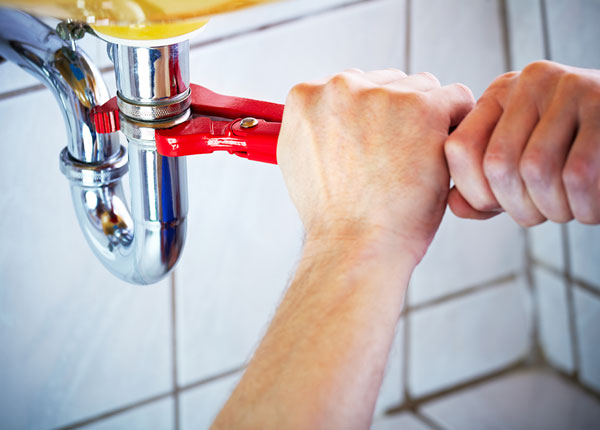 Plumbing
Plumbing
 Plumbing
Plumbing
Tell us about your plumbing issue and receive no-obligation estimates from licensed local pros. We help homeowners across the United States with fast, reliable service—7 days a week.

From emergency leaks to routine maintenance, our network connects you with vetted, insured plumbers who show up on time and do the job right. Expect clear communication, clean workspaces, and solutions that meet local codes and manufacturer guidelines.